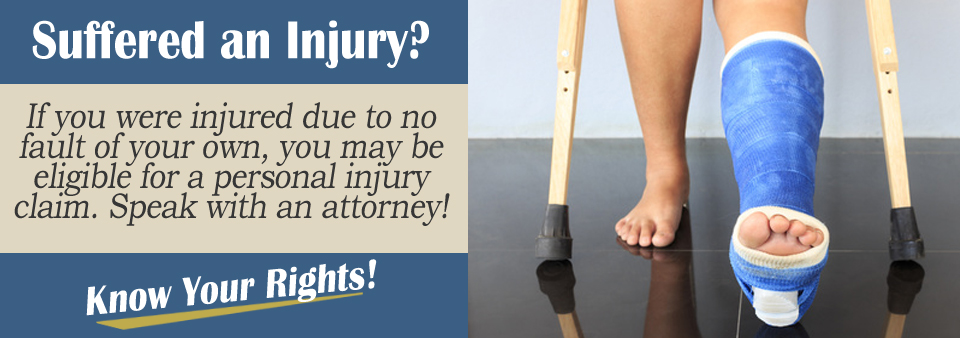Rear end accidents take place all the time on busy roads and highways. Depending on the speed of the vehicle that rear ends a vehicle in front, there could be either minor or serious injuries to the vehicle’s driver and occupants. Sometimes the vehicles involved are seriously damaged and attract expensive repair bills.
Other expenses attached to a rear end accident include the probable need for the owner to have to rent an auto while repairs are being carried out and legal fees if a lawsuit needs to be filed against the at-fault driver to get compensation to cover the financial loss caused by the rear end accident.
No driver should have to pay for the damage caused in a rear end accident that was not their fault. In most states it should be possible to recover damages by filing a PI claim with the at-fault driver’s insurer.
With a claim like this you should provide enough evidence to prove that the rear end accident was not your fault and how much you have paid already because of the accident. It will be far quicker to reach a favorable settlement if you ask a PI lawyer to work on your behalf.
What Types of Damages Can I Collect?
Every personal injury claim is made up of two distinct parts. One is economic damages while the other is non-economic damages.
Calculating economic damages is just simply adding up all the costs due to the rear-end accident. This includes the following:
- the cost of repair or replacement of your auto if it has been totaled;
- the cost of repair or replacement of any other property damaged in the rear end accident;
- the cost of another form of transportation while awaiting necessary repairs to your damaged auto;
- any loss of earnings because your injury didn’t allow you to return to work immediately;
- lawyer’s fees if applicable;
- the cost of all medical treatment.
Non-economic damages aren’t so easy to calculate so you will need help from a PI lawyer who knows the formulas for making the calculations. Non-economic damages are:
- the pain and suffering you are experiencing due to the rear-end accident;
- punitive damages that are often awarded if there is enough evidence to show that the at-fault driver drove negligently which caused the accident.

Gather Information and Evidence
You will need to provide the evidence that proves the accident wasn’t your fault as well as evidence to show how the claim was calculated. At the accident scene, it is important to collect as much useful evidence as possible. This includes:
- photographs of the two vehicles revealing the damage and their positions taken at different angles;
- photographs of any other evidence like road surface damage;
- a copy of the police report;
- the presence of a security or traffic monitoring camera close to the accident scene;
- receipts for medical treatment and repairs to the vehicle that have already been paid;
- unpaid invoices for vehicle repairs and medical treatment yet to be paid.
Contact a PI Lawyer
If you try to file a PI claim with the at-fault driver’s insurer don’t expect either sympathy or a quick response. Insurers are always eager to reject claims based on insufficient proof that their client was to blame for the accident. To avoid any complications with your PI claim you should consult a PI lawyer who will work on your behalf to get a favorable PI settlement that will relieve your financial hardship.
Take our free evaluation today!